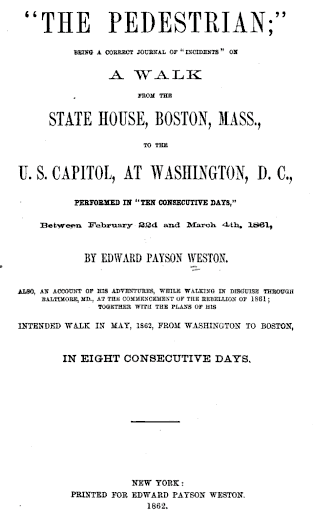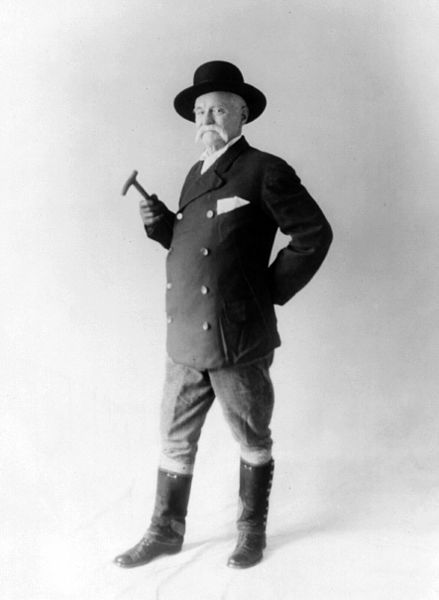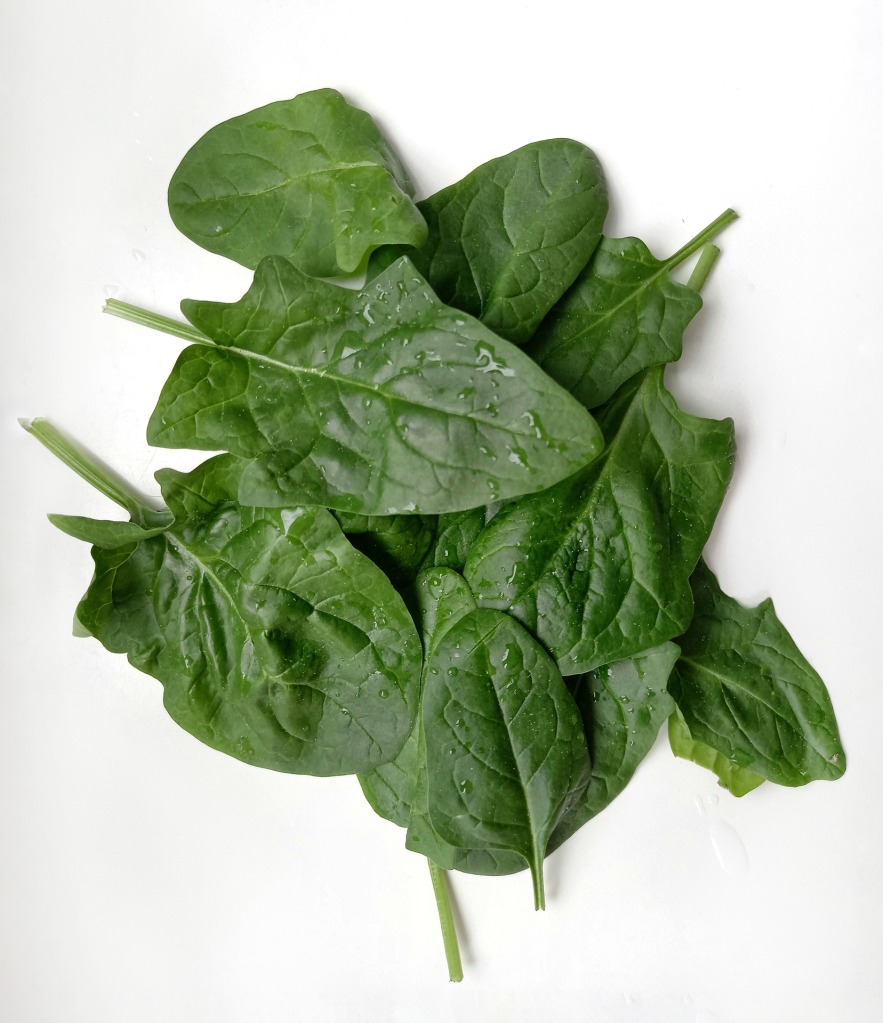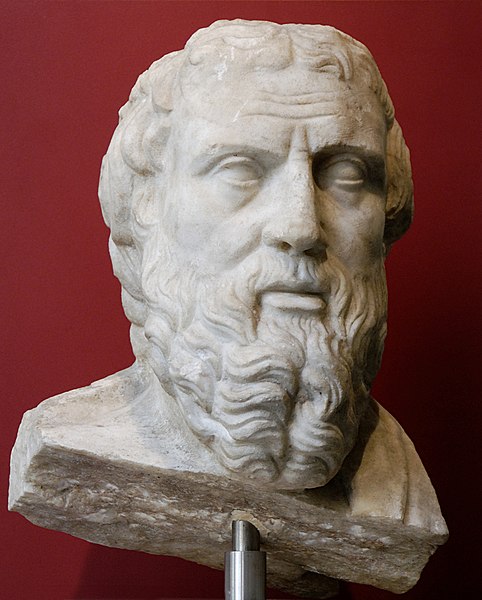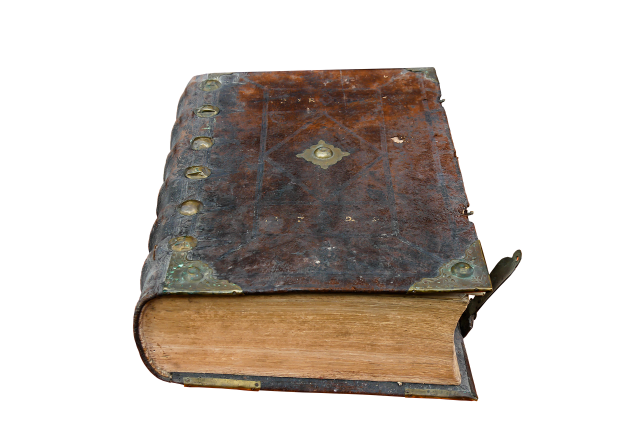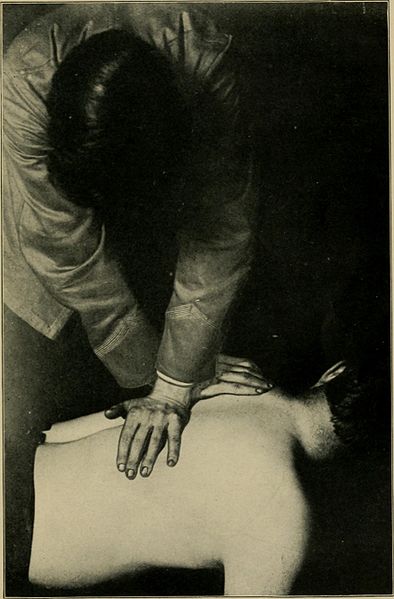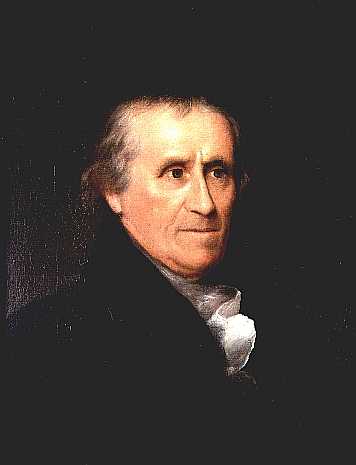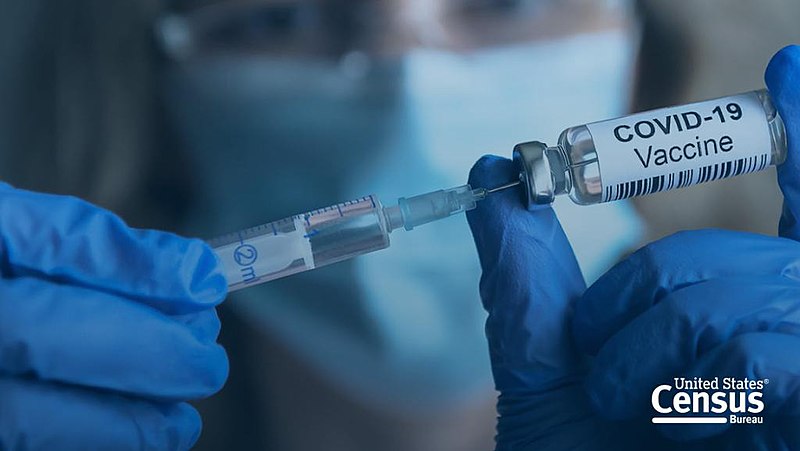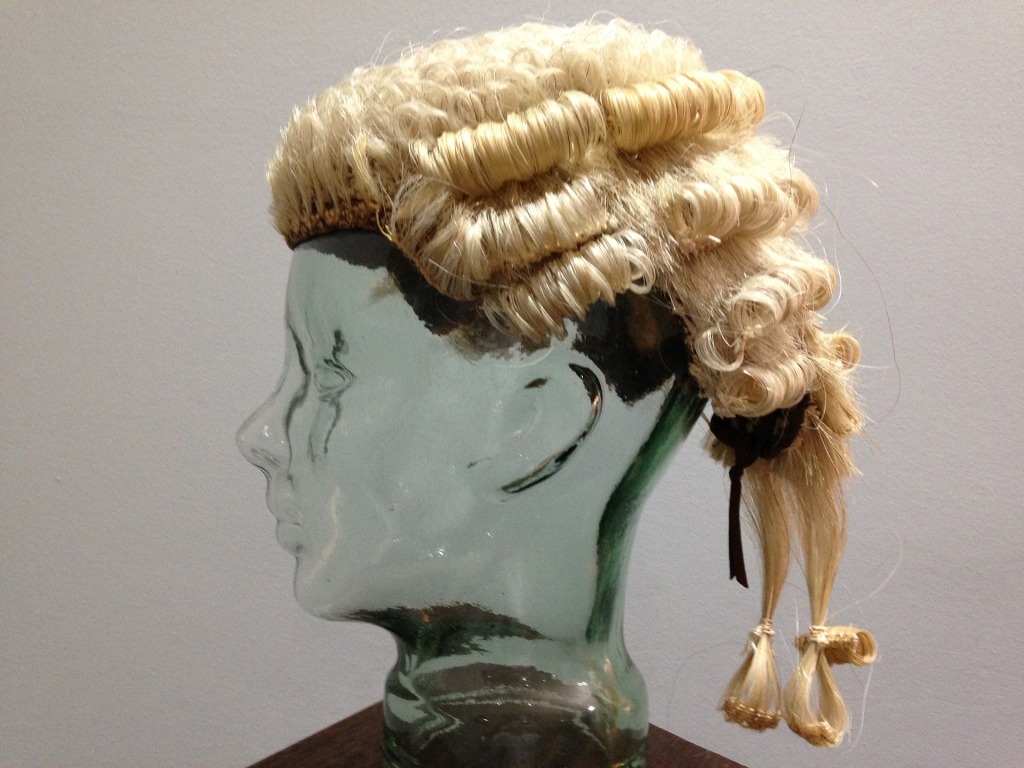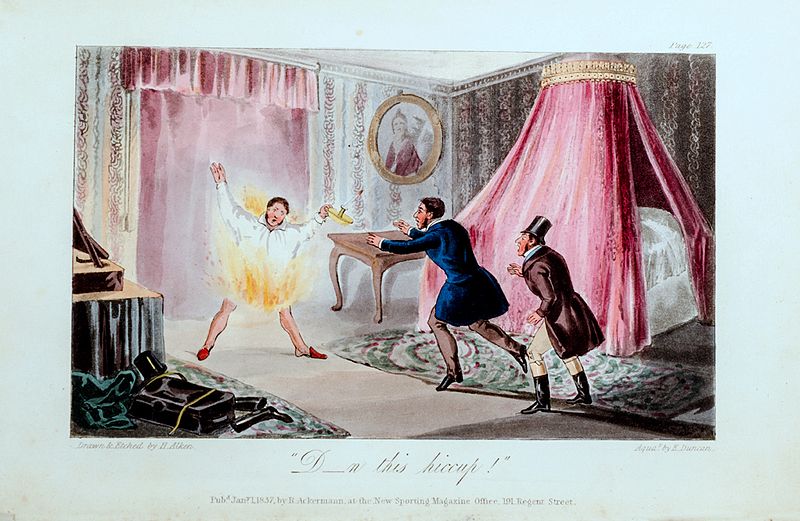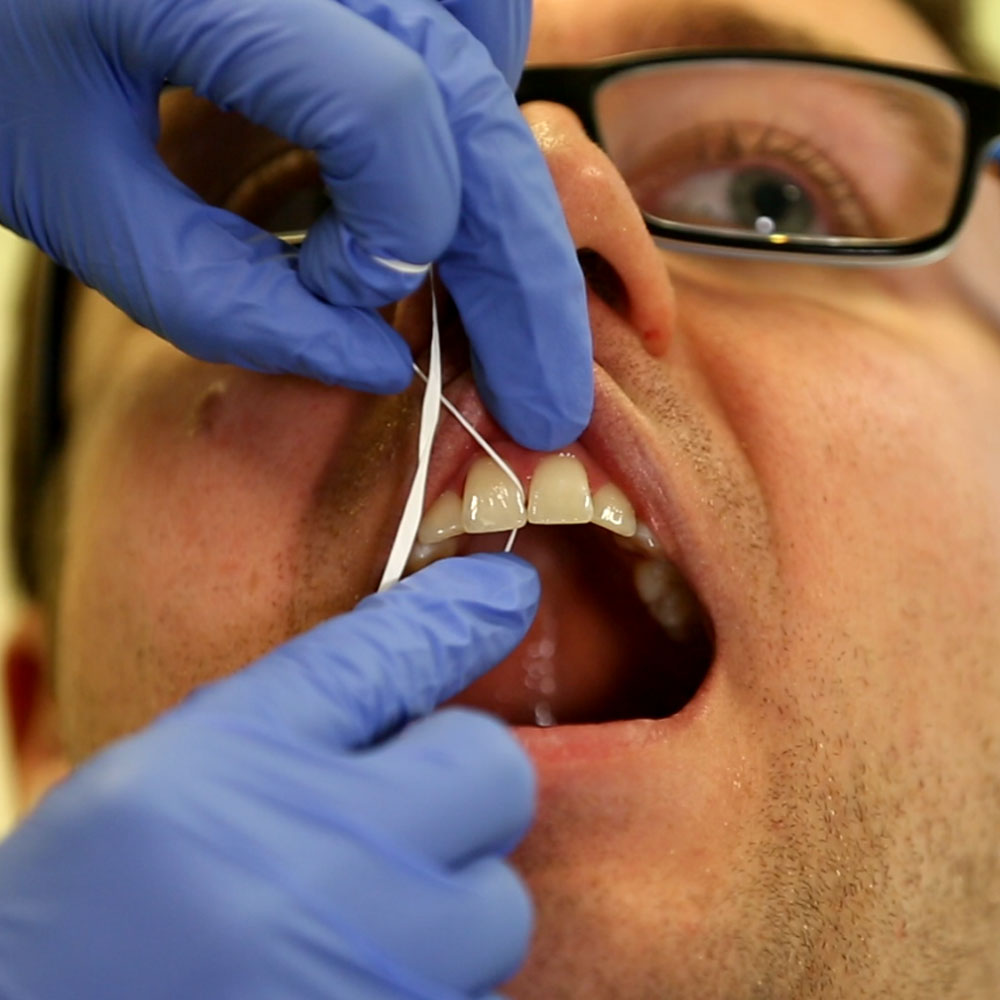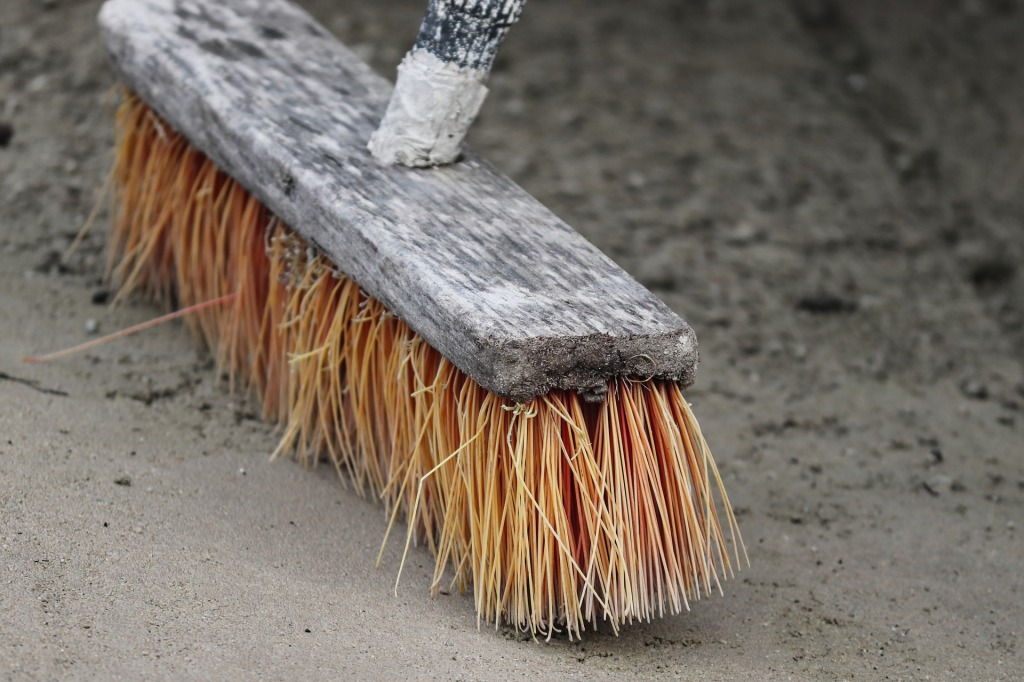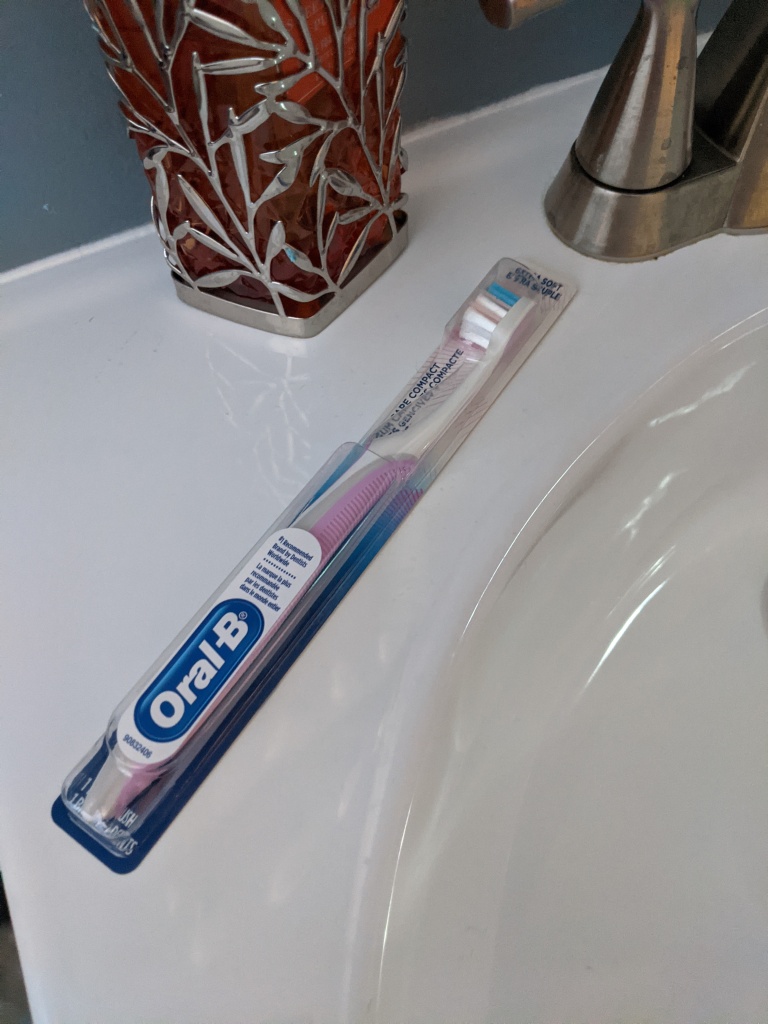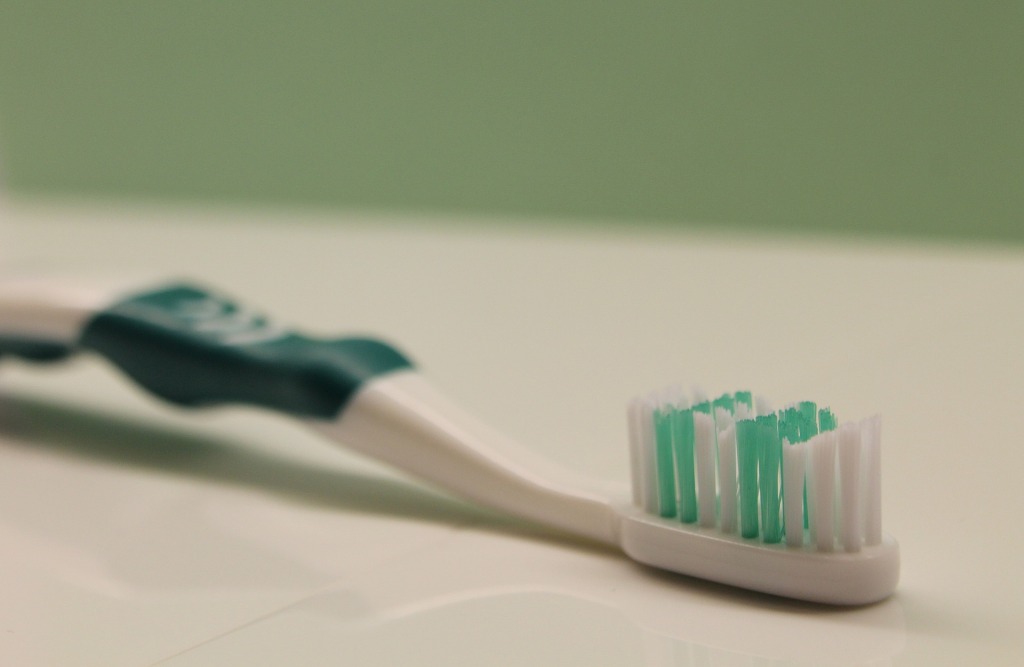It’s been a little bit of a long week around these parts, first with the internet woes that have been finally more or less resolved. Judging by the general complaints of nearly everyone I know who uses the same provider, their technicians and maintenance crews have had a couple of even longer weeks than I have, but I am grateful for their efforts.
At our house, the week has mostly been long because we have been nursing a sick kid. He wasn’t scary sick, just persistently so. What started as mild cold symptoms quickly turned into crazy swollen tonsils and a fever that wouldn’t quit. He was tested for all the things, and came up empty, leading to the conclusion that what he had was just a run of the mill miserable virus. Yuck.
So, he traded spending time with grandparents and a visiting cousin for time shivering on the couch and working up the courage to swallow. Meanwhile, I spent my time following him around sanitizing everything he touched and forcing preventive doses of zinc and vitamins C and D on the rest of the family.
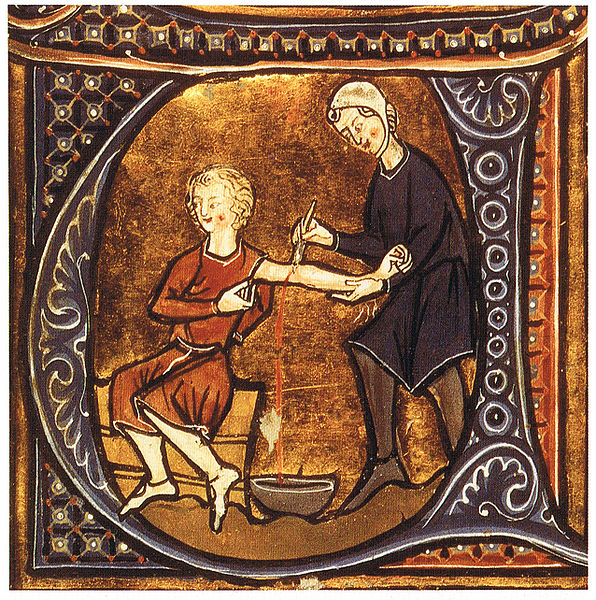
We’ve been lucky with our kids in regards to childhood sicknesses. They’ve always been pretty healthy and nothing has ever kept them down for long, so it was unusual when nearly a week later, he was still fighting a fever. I did what any good mom would do and turned to the real experts, those who lived long before the age of modern medicine.
Don’t worry, I didn’t bleed him to balance his humors or force him to take mercury pills. Thankfully, it didn’t come to that. Instead, I went with the suggestion of twelfth century Jewish philosopher and physician Maimonides and made a pot of chicken soup.
Maimonides wrote that the cure for asthma and leprosy and pretty much everything that ails you is chicken soup, and he wasn’t the first to say it. The 2nd century Greek philosopher Galen, with whose work Maimonides was surely familiar, suggested chicken soup as a cure for migraine, constipation, and fever. And Chinese culture has held chicken soup up as restorative for even longer than that, notably adding noodles to the mix, a brilliant move that wasn’t popularized in western culture until Campbell’s did it in 1934.

I decided to give it a try. The trouble is, my kiddo is not a huge fan of soup. If I were to give him a made-from concentrate Campbell’s chicken noodle from the can, he probably wouldn’t find it worth the painful effort to swallow, even if his throat didn’t hurt.
And so, I made it from scratch. Now, before you get all impressed with me (actually, go ahead and be impressed if you want), it turns out, chicken noodle soup is not really that hard to make. I have made my own broth plenty of times by throwing the picked-clean parts of a rotisserie chicken into the pressure cooker with some onion, celery, carrot, and seasonings. I figured it wouldn’t be hard from there to make it into a soup by adding more vegetables and chicken. And because I sometimes like to be that mom who is a little bit extra, I decided to add some homemade egg noodles as well.
I admit part of the motivation here is that there is currently a list circulating on Facebook that asks how much of a cook you are, to be determined by how many of the things on the list you have ever made from scratch. The list includes things like cooking a pot of beans (which I have done) and making your own noodles (which I had not). And, you know, I like to feel superior. Also, my mom used to make homemade egg noodles and they always tasted a little bit like love.

It turns out homemade egg noodles aren’t nearly as impressive as they sound, either (but you can still feel free to be impressed). They are, however, pretty much medical magic, because after nearly a week of my otherwise healthy teenage son’s fairly rock solid immune system fighting off a viral infection, he got better right around the time he ate his mama’s homemade chicken noodle soup.
Yes, that could have almost certainly been a coincidence, except that researchers at the University of Nebraska have taken the time to study the effects of chicken soup on illness. This groundbreaking study from back in 2000, suggests that chicken soup may in fact possess some as yet unidentified properties that might legitimately reduce inflammation in the body and make a sick person feel temporarily a little bit better. Or at the very least it’s better than bloodletting and mercury poisoning.
My son did enjoy the soup, and only partly because it was the first thing he’d been able to swallow without pain in several days. Regardless, he’s fully recovered now and this is shaping up to be a much better week.

